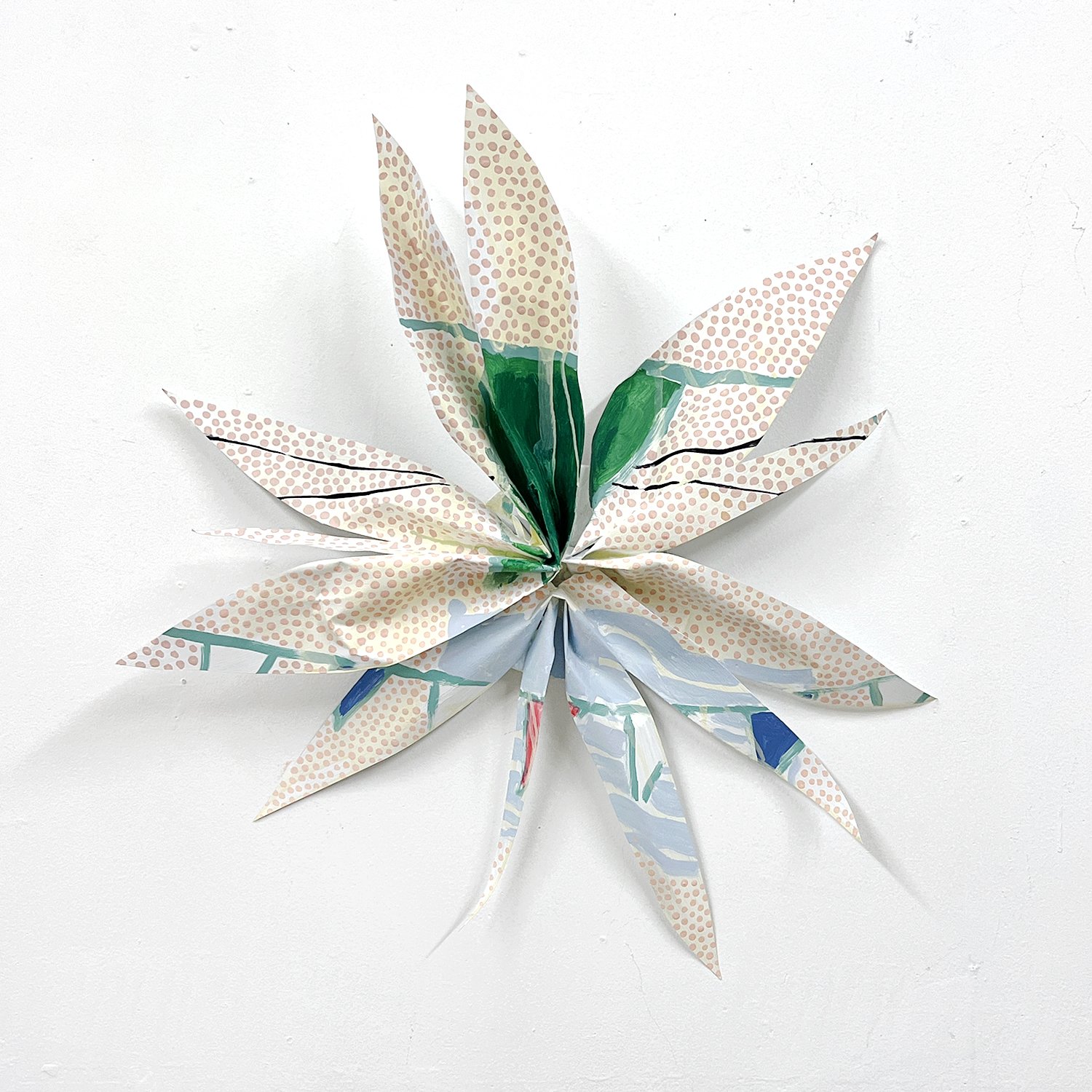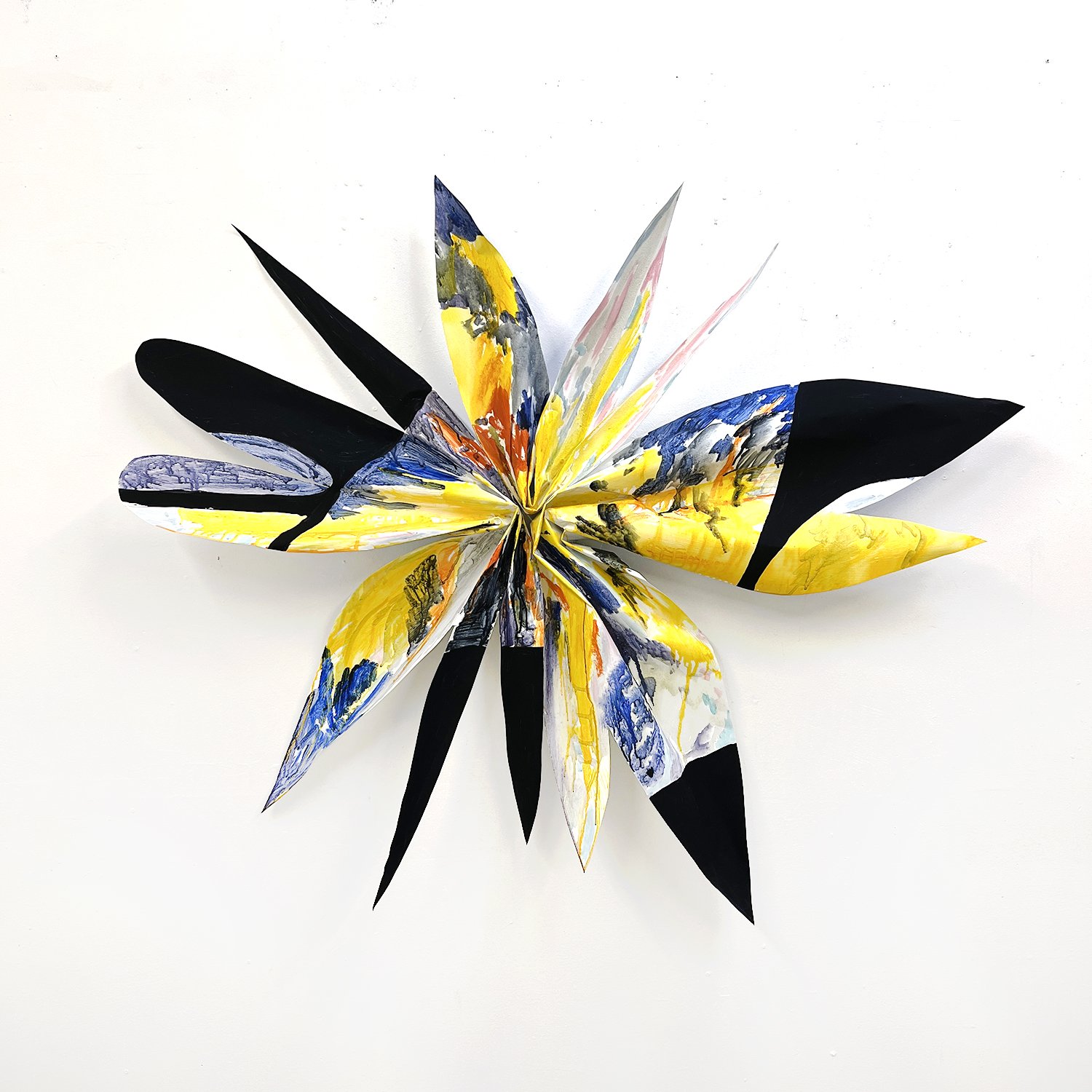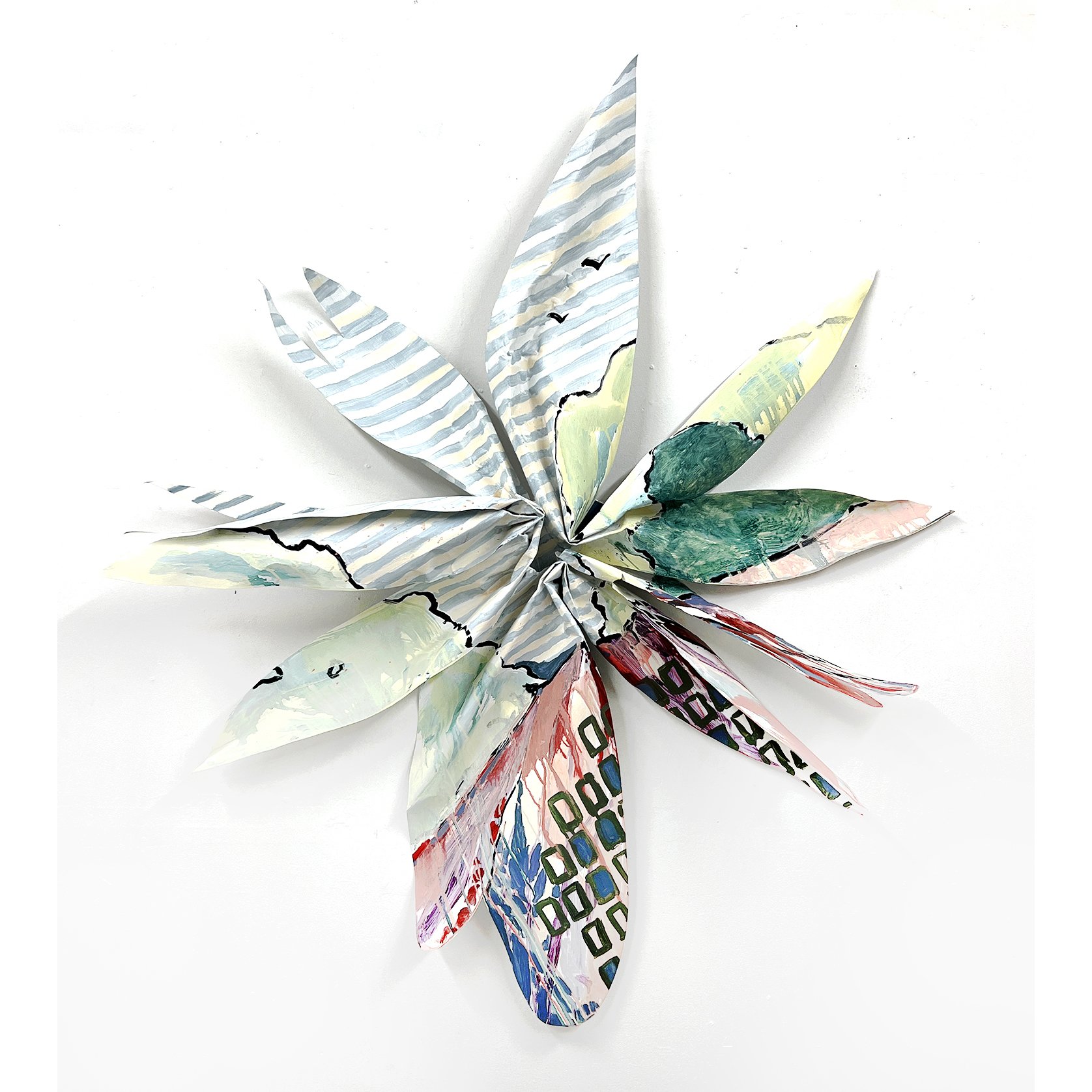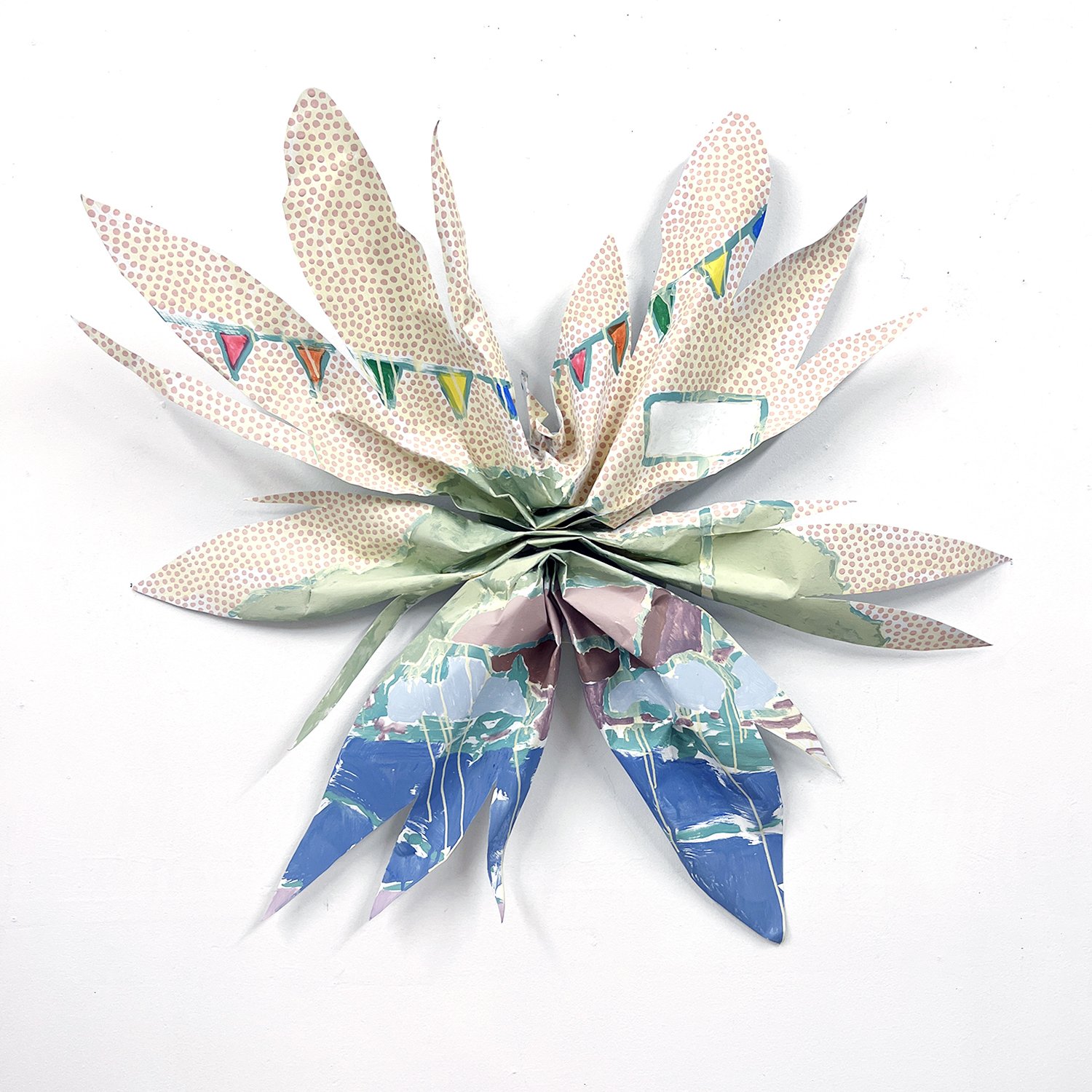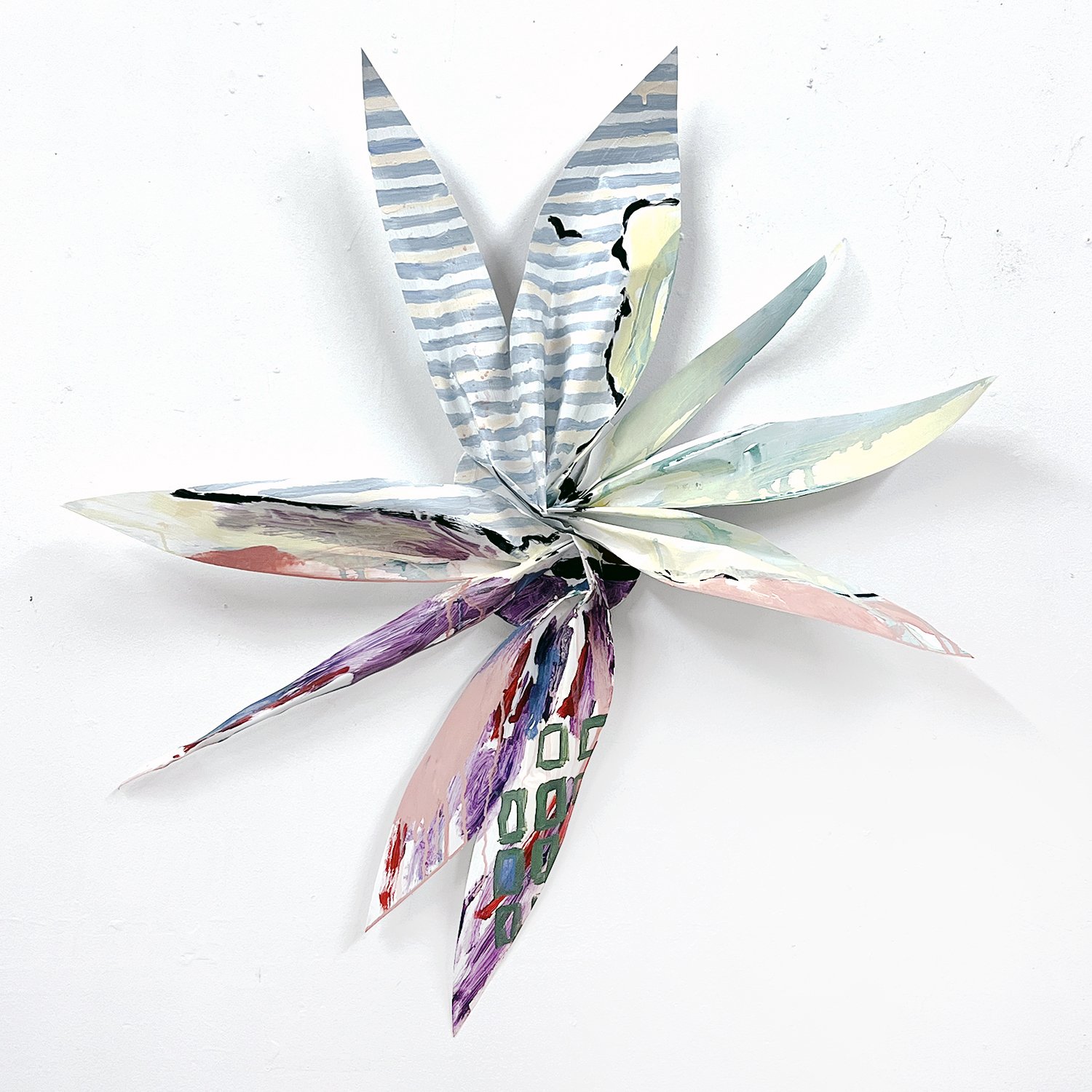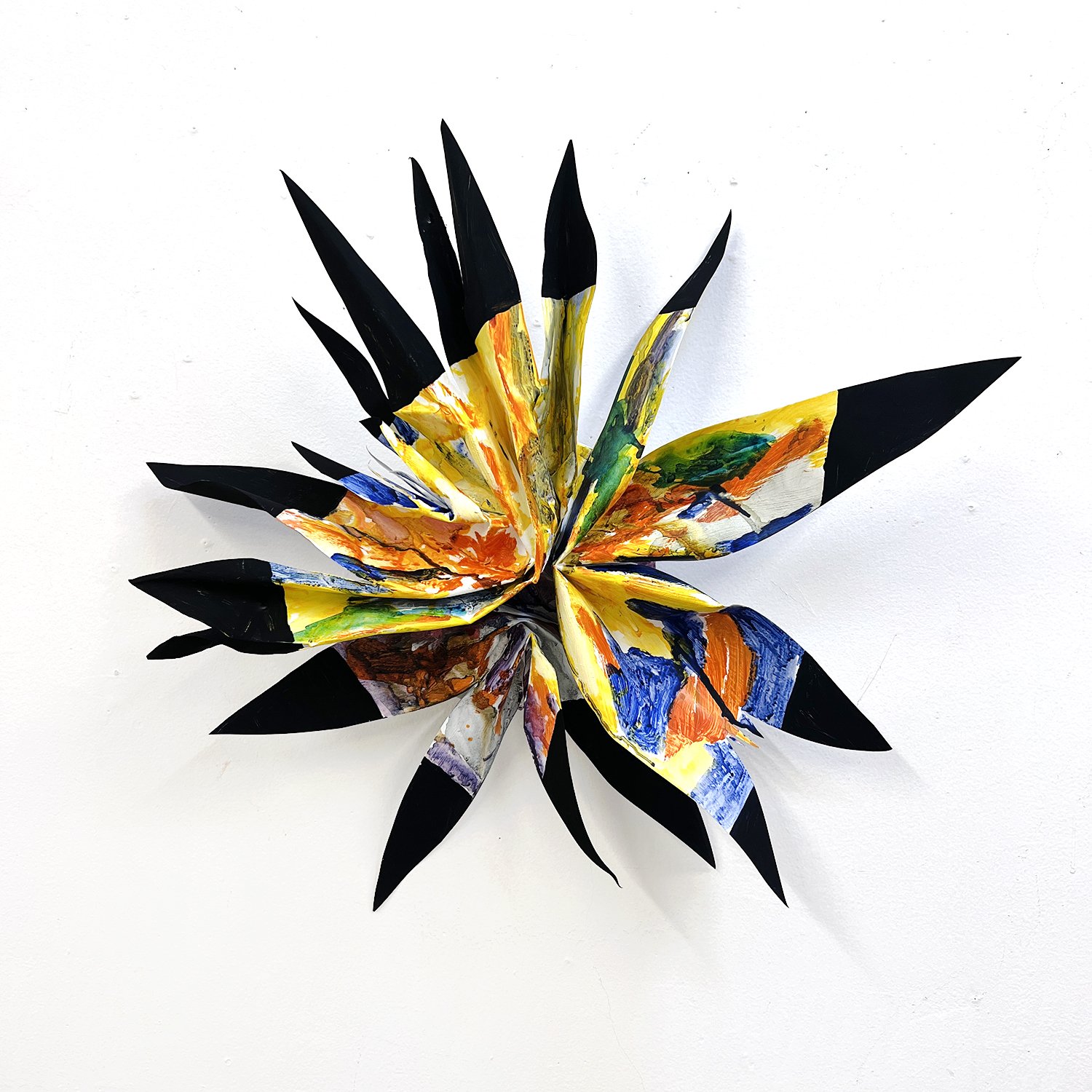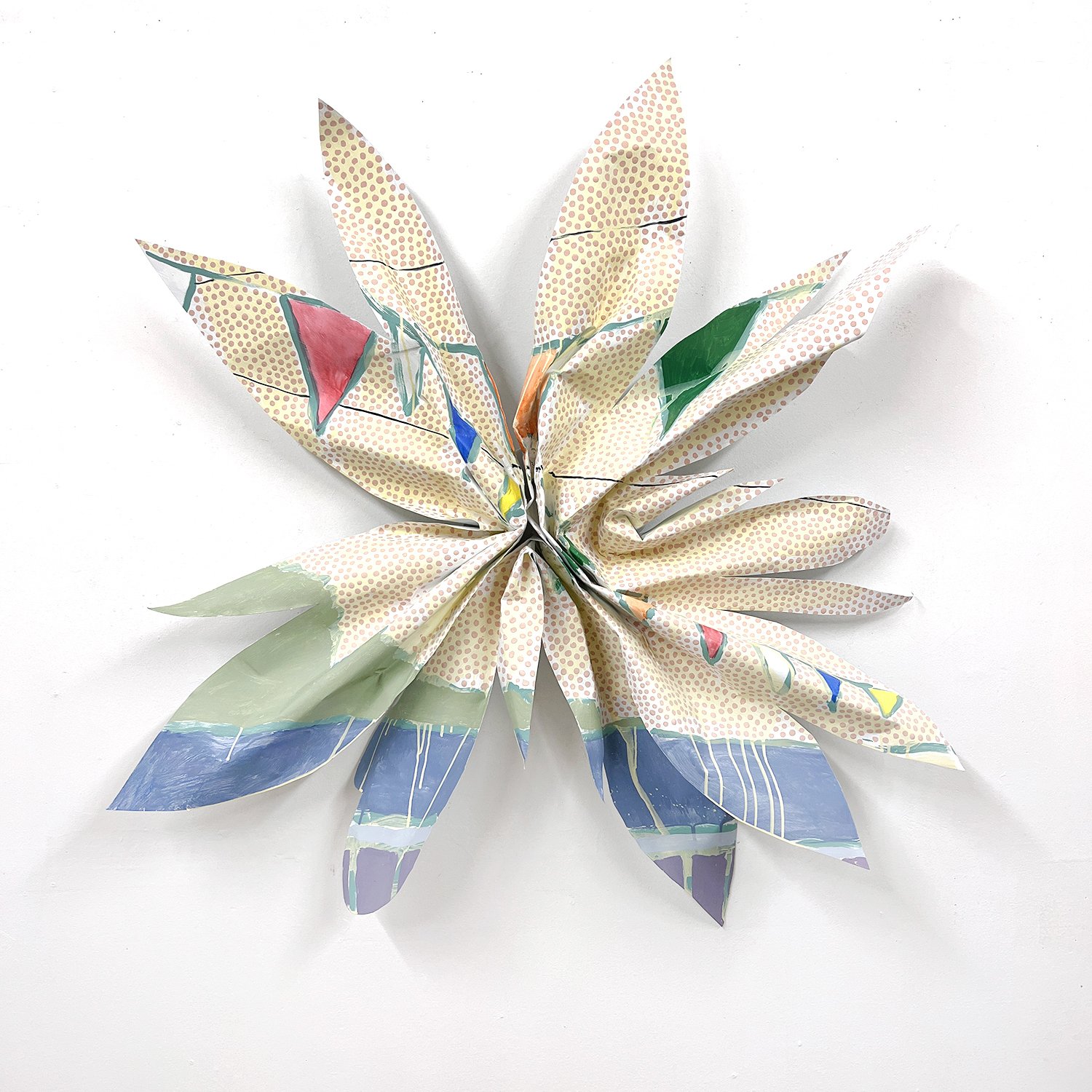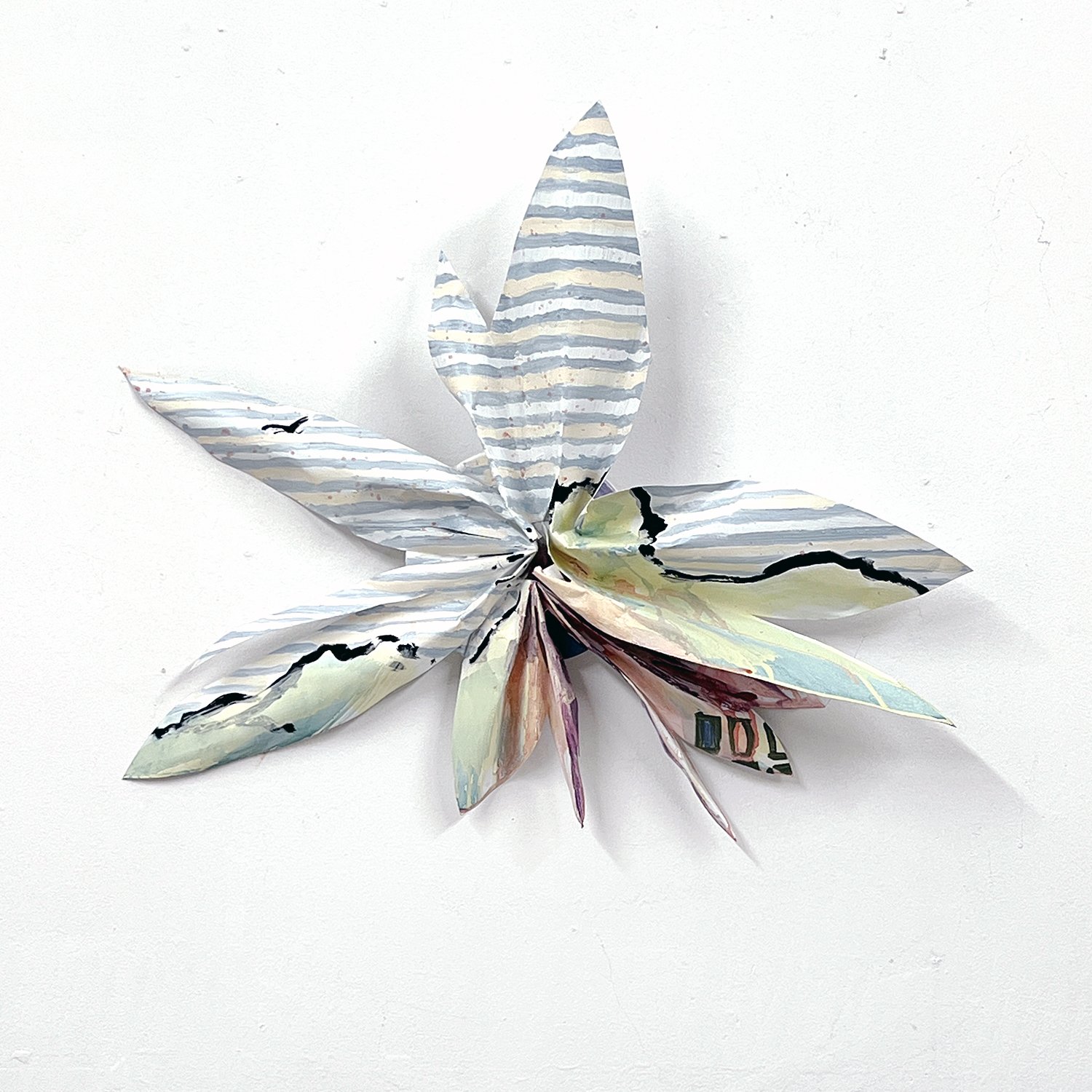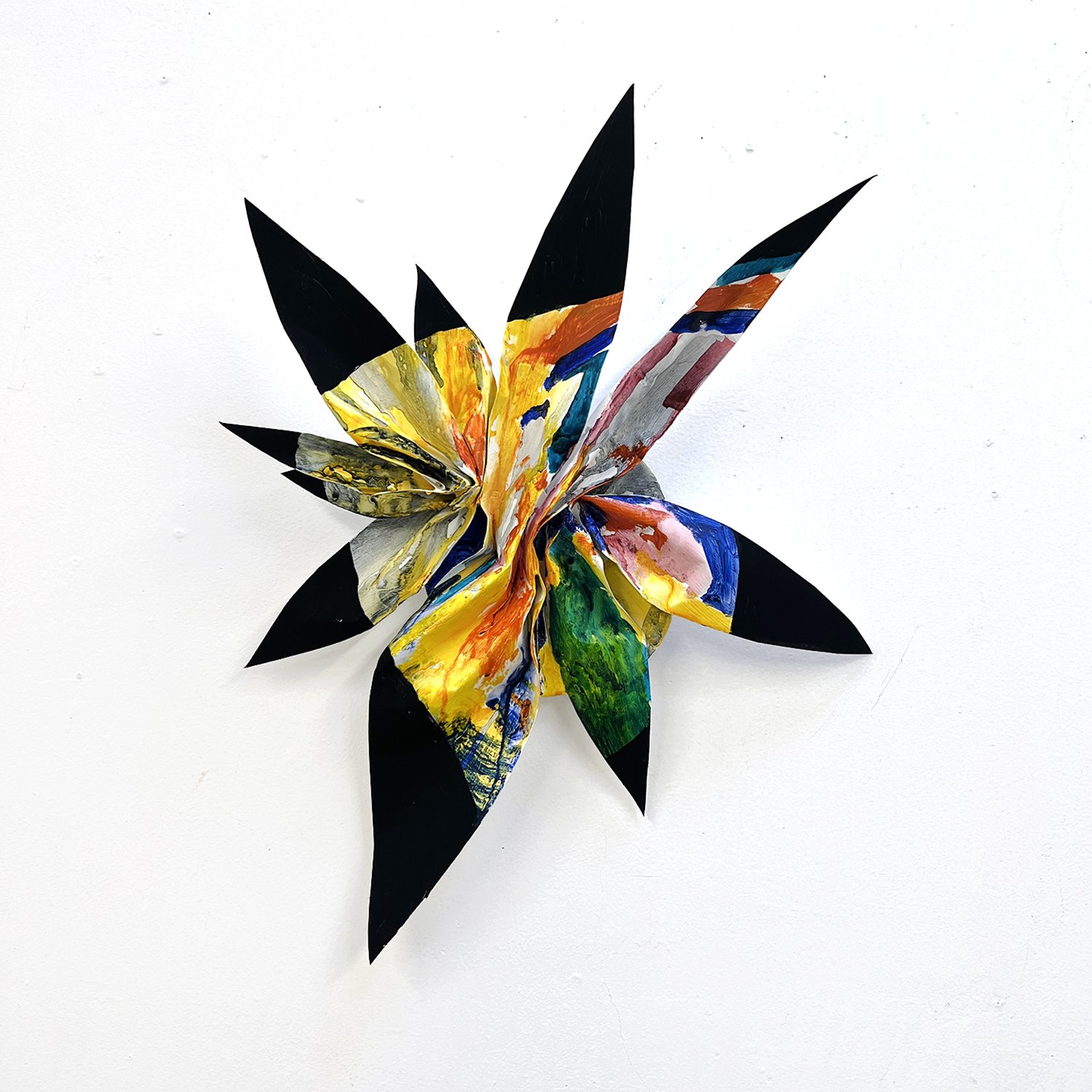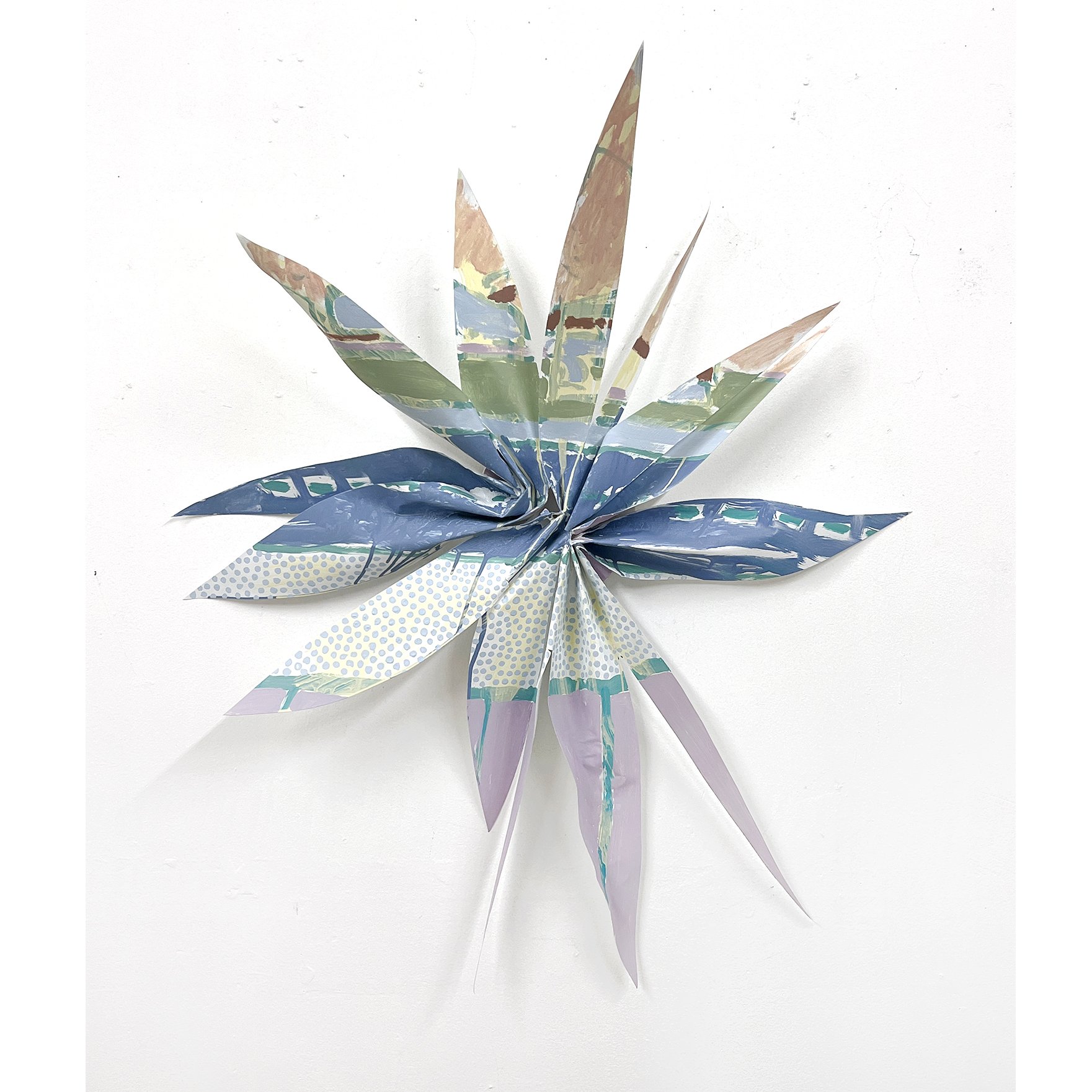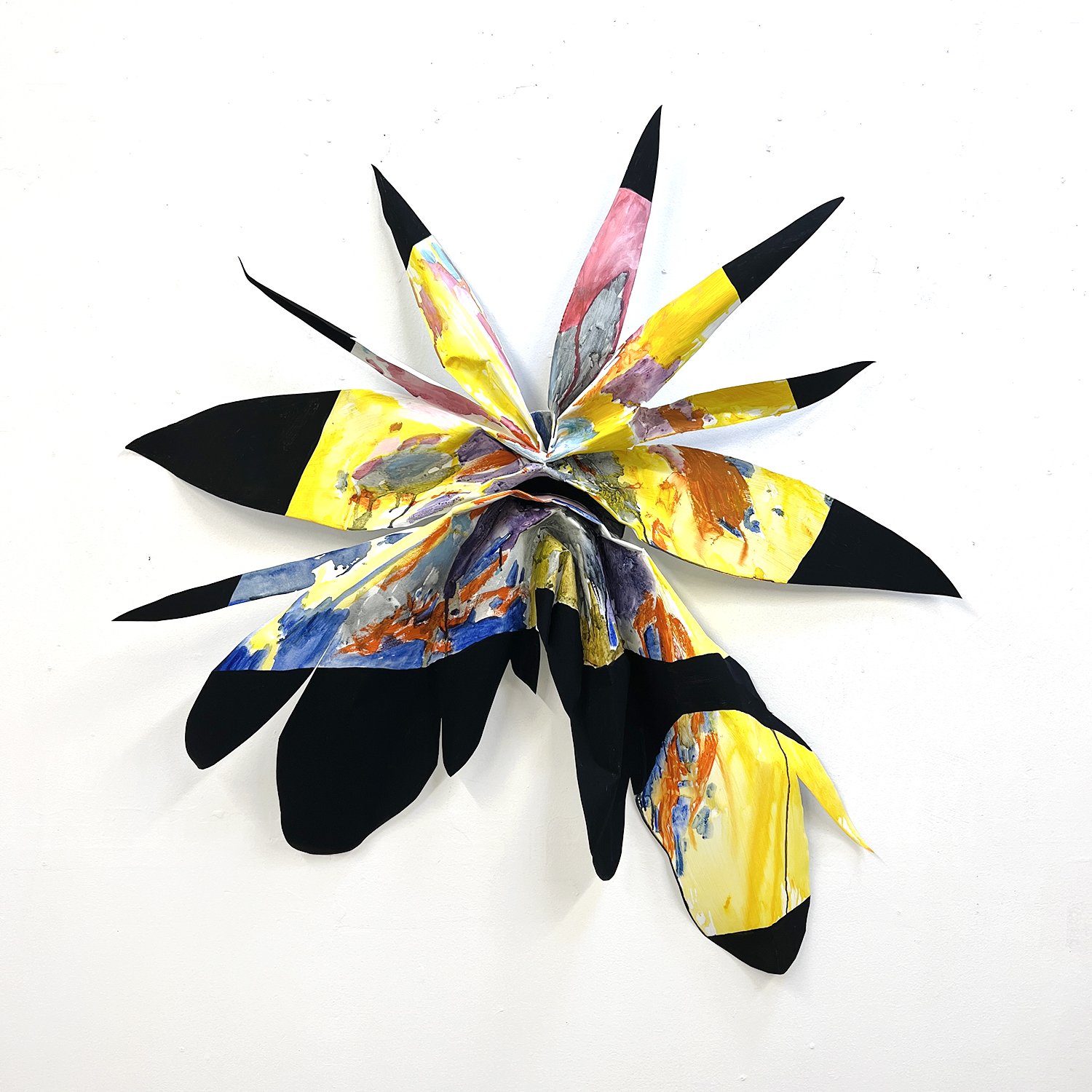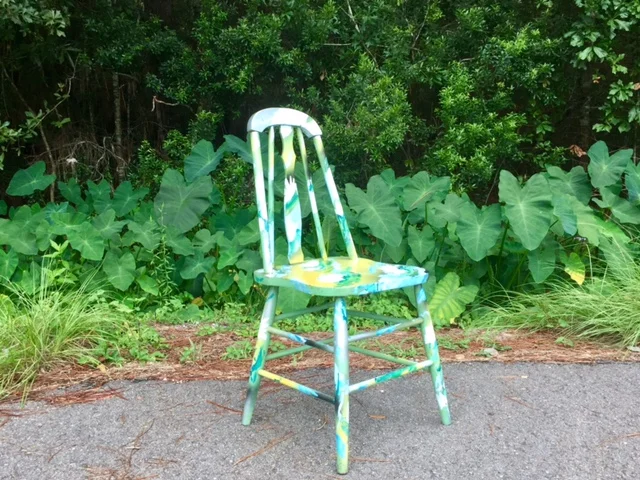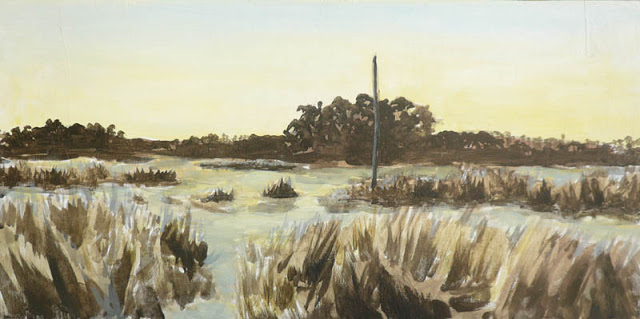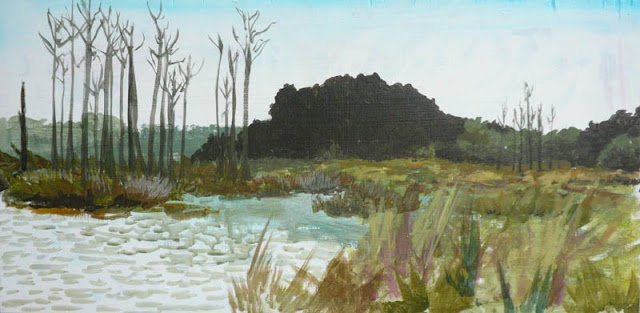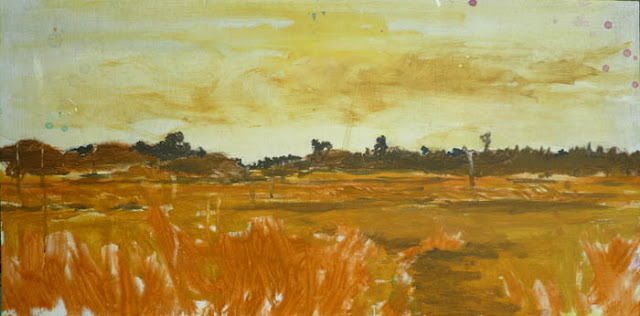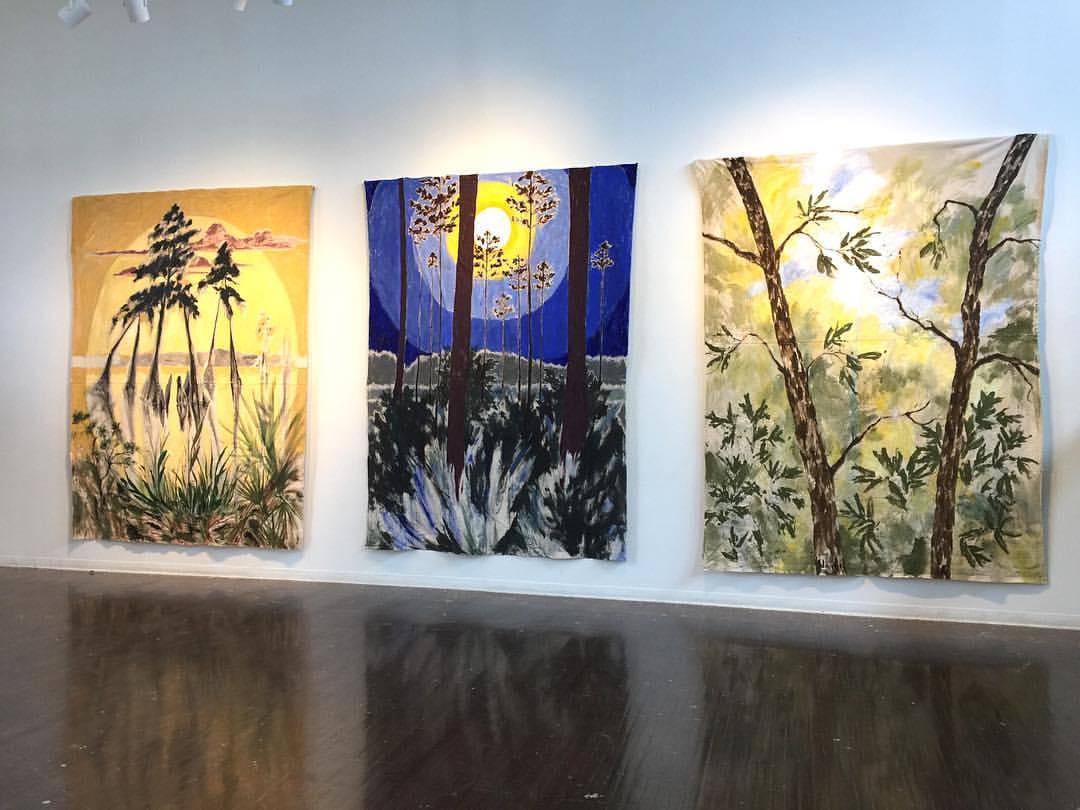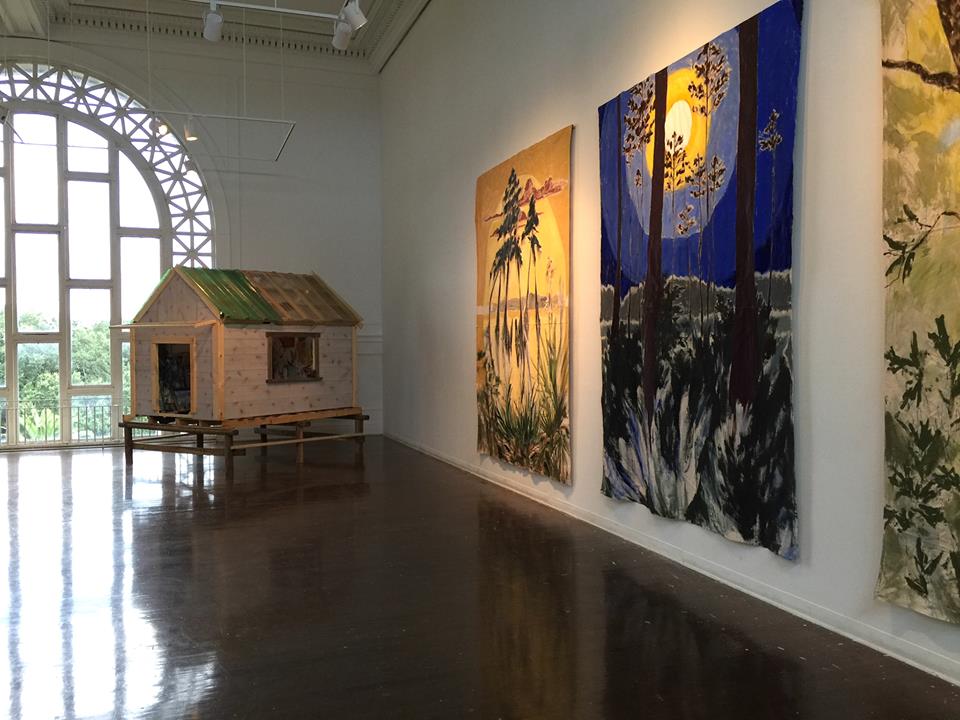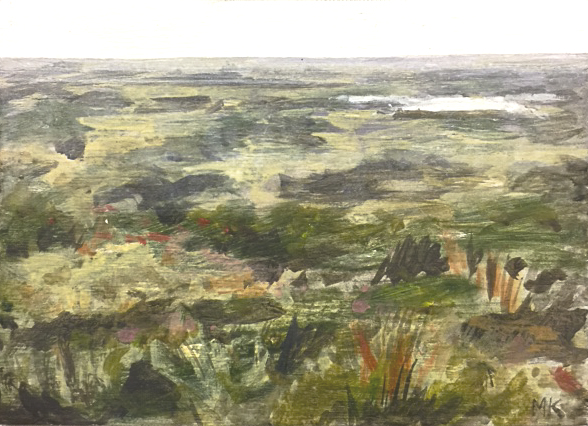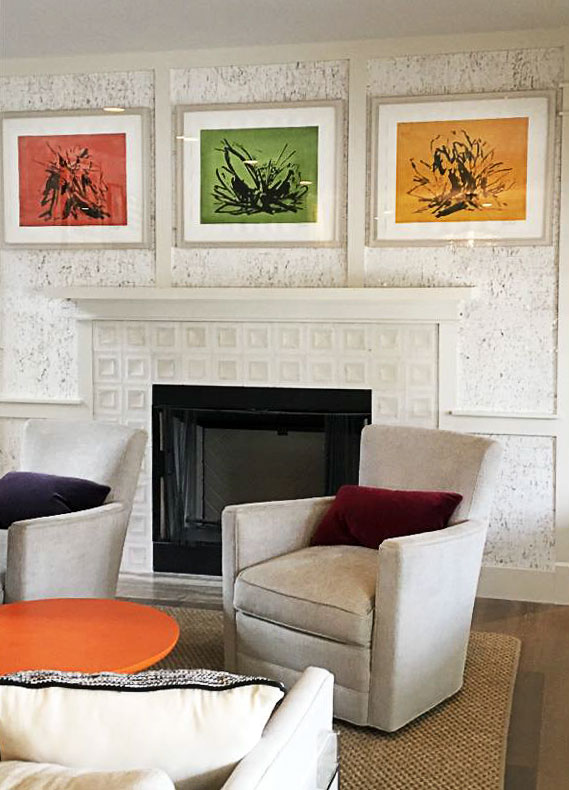There is a saying, which at some point on my timeline in art school was attributed to Michelangelo (though I can’t find a reference), and it goes like this - “colle cervello, colla mano”, which roughly translates into “with the mind, with the hand”.
Before the first line is drawn, the real work of architecture begins. At MKS, we believe that great design doesn’t start with a sketch—it starts with understanding what tangible and intangible qualities our clients need to be successful. That’s where our pre-design services come in.
What’s Pre-Design?
Pre-design is the essential first phase of any architectural project. It's the time to ask big questions, uncover hidden challenges, and set clear, achievable goals. This early investment is what allows a project to not only look good, but truly perform—functionally, financially, and sustainably—for years to come.
MKS offers a range of pre-design services tailored to help our clients find the right place and design the right space—whether it's for a business, a home, or a community. Here's what that includes:
Programming
Hourly Rate
Programming is all about defining what your space needs to do. Through a collaborative and research-based process, we work with you to identify goals, space requirements, performance needs, and user priorities. A strong program is the roadmap for design—it ensures the final building truly supports the way you want to live or work.
Good programming can reveal opportunities, prevent costly mistakes, and even guide decisions about site selection. It’s one of the most impactful ways to align design with real-life performance from the very beginning.
Feasibility Studies
Flat Fee (Based on Project Size)
Is this site right for your vision? Can your budget support your goals? Will local codes, zoning, and infrastructure constraints affect what you can build? A feasibility study is where we dig into those big-picture questions.
These studies evaluate your project from every angle—site conditions, regulatory context, market fit, and building systems—so you can make confident, informed decisions before you commit time or money.
Building Condition Assessments
Flat Fee or Hourly Rate (Based on Project Scope)
If you're considering purchasing, renovating, or repurposing an existing structure, it’s critical to know what you’re working with. Our building condition assessments provide a detailed evaluation of an existing facility’s architectural, structural, and mechanical systems.
We’ll help you understand the current state of the building, what improvements might be needed, and what constraints or opportunities the structure offers for your project goals.
Archival Research & As-Built Documentation
Hourly Rate
History matters—especially in architecture. Whether your project involves a historic property, a culturally significant site, or simply an older building with limited documentation, our archival research services uncover what’s come before.
We dig into original plans, permits, historical records, and previous alterations to give you a clearer picture of the building’s story. When existing drawings are outdated or unavailable, we can also produce accurate as-built drawings or take drone photography to document current conditions. These are a valuable tool for owners and tenants alike, helping to support test fits, space planning, and early design concepts.
This service often informs renovation strategies, preservation decisions, and compliance with historic regulations—and ensures you're starting with reliable, real-world information.
The Value of Pre-Design
Clients often come to us with a vision, and our pre-design services turn that vision into a workable plan. We uncover the context, constraints, and opportunities that influence your project long before construction begins. This phase isn’t just about “due diligence”—it’s about setting up your project for long-term success.
By investing in strong programming, deep research, and informed assessments, you get more than just a design—you get a space that truly performs.
Let’s Talk About Your Next Project
Ready to lay the groundwork for something exceptional? We’d love to help. Contact us to learn more about how our pre-design services can support your goals—whether you're just getting started or looking to evaluate a specific site or building.








